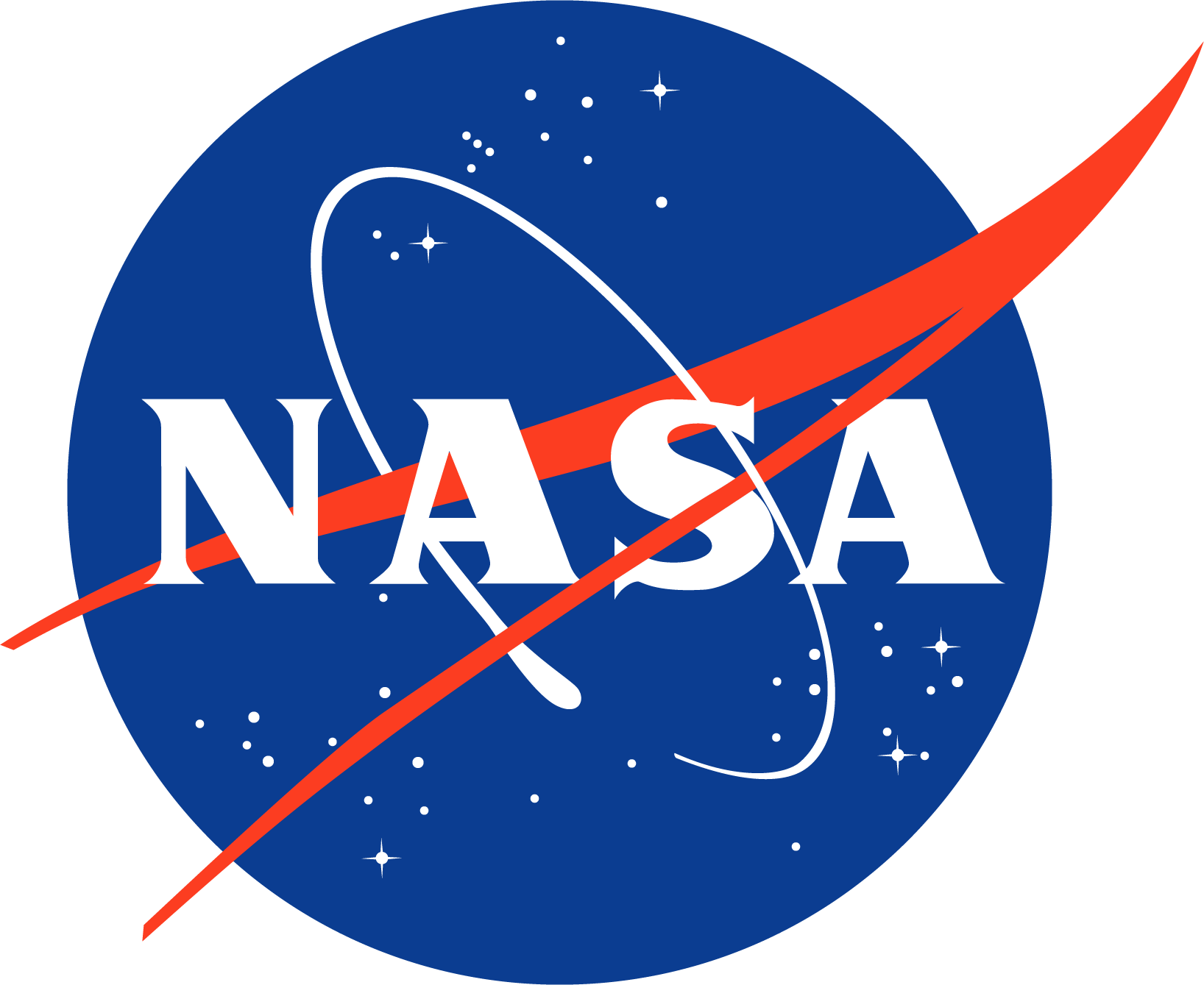Julie Nicely is an Assistant Research Scientist with the University of Maryland Earth System Science Interdisciplinary Center and the Atmospheric Chemistry and Dynamics Laboratory at NASA Goddard Space Flight Center. Her research focuses on using observations and models to improve our understanding of the chemistry that takes place in Earth's atmosphere. Specifically, she is interested in tropospheric chemistry and how it influences climate and composition.
Julie M. Nicely
(ASSISTANT RESEARCH SCIENTIST)
| Email: | julie.m.nicely@nasa.gov |
| Phone: | 301.614.5316 |
| Org Code: | 614 |
| Address: |
NASA/GSFC Mail Code 614 Greenbelt, MD 20771 |
| Employer: | UNIV OF MARYLAND COLLEGE PARK |
Brief Bio
Research Interests
Tropospheric chemistry
Earth Science: Atmospheric ChemistryComparing model simulations and observations of pollutants like tropospheric ozone and greenhouse gases like methane and seeking to understand the processes that control them.
Positions/Employment
NASA Postdoctoral Fellow
NASA - Goddard Space Flight Center
February 2016 - January 2019
Assistant Research Scientist
University of Maryland – Earth System Science Interdisciplinary Center - NASA GSFC
February 2019 - Present
Teaching Experience
University of Maryland
Teaching Assistant: General Chemistry I Lab, Atmospheric Chemistry and Climate
Graduate Assistance in Areas of National Need (GAANN) Fellow, General Chemistry I Lecturer
Education
Ph.D. in Chemistry, University of Maryland, 2016
An examination of hydroxyl radical: our current understanding of the oxidative capacity of the troposphere through empirical, box, and global modeling approaches, advisor: Ross J. Salawitch
B.S. in Chemistry, Duke University, 2010
PELP1 as a potential biomarker to predict response to tamoxifen chemoprevention, advisor: Julie H. Ostrander
Professional Societies
American Geophysical Union
2011 - Present
American Association for the Advancement of Science
2011 - Present
Awards
NASA Postdoctoral Fellowship, 2016 - Present
Outstanding Student Seminar Award, Dept. of Atmospheric and Oceanic Science, University of Maryland, 2014
Dean's Fellowship in Chemistry, University of Maryland, 2012 - 2013
GAANN Fellowship for study of higher-level science education, University of Maryland, 2012 - 2013
University Fellowship, University of Maryland, 2010 - 2014
Phi Beta Kappa, Duke University, 2011
Graduated magna cum laude, Duke University, 2010
Publications
Refereed
2023. "An observation-based, reduced-form model for oxidation in the remote marine troposphere." Proceedings of the National Academy of Sciences 120 (34): [10.1073/pnas.2209735120] [Journal Article/Letter]
2023. "Technical note: Constraining the hydroxyl (OH) radical in the tropics with satellite observations of its drivers – first steps toward assessing the feasibility of a global observation strategy." Atmospheric Chemistry and Physics 23 (11): 6319-6338 [10.5194/acp-23-6319-2023] [Journal Article/Letter]
2022. "A machine learning methodology for the generation of a parameterization of the hydroxyl radical." Geoscientific Model Development 15 (16): 6341-6358 [10.5194/gmd-15-6341-2022] [Journal Article/Letter]
2022. "The NASA Atmospheric Tomography (ATom) Mission: Imaging the Chemistry of the Global Atmosphere." Bulletin of the American Meteorological Society 103 (3): E761-E790 [10.1175/bams-d-20-0315.1] [Journal Article/Letter]
2021. "Spatial and temporal variability in the hydroxyl (OH) radical: understanding the role of large-scale climate features and their influence on OH through its dynamical and photochemical drivers." Atmospheric Chemistry and Physics 21 (8): 6481-6508 [10.5194/acp-21-6481-2021] [Journal Article/Letter]
2021. "Description of the NASA GEOS Composition Forecast Modeling System GEOS‐CF v1.0." Journal of Advances in Modeling Earth Systems 13 (4): [10.1029/2020ms002413] [Journal Article/Letter]
2021. "Intercomparison Between Surrogate, Explicit, and Full Treatments of VSL Bromine Chemistry Within the CAM‐Chem Chemistry‐Climate Model." Geophysical Research Letters 48 (4): [10.1029/2020gl091125] [Journal Article/Letter]
2020. "Missing OH reactivity in the global marine boundary layer." Atmospheric Chemistry and Physics 20 (6): 4013-4029 [10.5194/acp-20-4013-2020] [Journal Article/Letter]
2020. "A machine learning examination of hydroxyl radical differences among model simulations for CCMI-1." Atmospheric Chemistry and Physics 20 (3): 1341-1361 [10.5194/acp-20-1341-2020] [Journal Article/Letter]
2020. "Exploring Oxidation in the Remote Free Troposphere: Insights From Atmospheric Tomography (ATom)." Journal of Geophysical Research: Atmospheres 125 (1): [10.1029/2019jd031685] [Journal Article/Letter]
2019. "Mapping hydroxyl variability throughout the global remote troposphere via synthesis of airborne and satellite formaldehyde observations." Proceedings of the National Academy of Sciences 116 (23): 11171-11180 [10.1073/pnas.1821661116] [Journal Article/Letter]
2018. "Changes in Global Tropospheric OH Expected as a Result of Climate Change Over the Last Several Decades." Journal of Geophysical Research: Atmospheres 123 (18): 10,774-10,795 [10.1029/2018jd028388] [Journal Article/Letter]
2018. "Stratospheric Injection of Brominated Very Short-Lived Substances: Aircraft Observations in the Western Pacific and Representation in Global Models." Journal of Geophysical Research: Atmospheres [10.1029/2017jd027978] [Journal Article/Letter]
2018. "Applicability of Neural Networks to Etalon Fringe Filtering in Laser Spectrometers." Journal of Quantitative Spectroscopy and Radiative Transfer 211C 115-122 [10.1016/j.jqsrt.2018.03.004] [Journal Article/Letter]
2017. "Formaldehyde in the Tropical Western Pacific: Chemical sources and sinks, convective transport, and representation in CAM-Chem and the CCMI models." Journal of Geophysical Research: Atmospheres [10.1002/2016jd026121] [Journal Article/Letter]
2017. "Quantifying The Causes of Differences in Tropospheric OH within Global Models." Journal of Geophysical Research: Atmospheres [10.1002/2016jd026239] [Journal Article/Letter]
2016. "Airborne measurements of BrO and the sum of HOBr and Br2 over the Tropical West Pacific from 1 to 15 km during the CONvective TRansport of Active Species in the Tropics (CONTRAST) experiment." Journal of Geophysical Research: Atmospheres [10.1002/2016jd025561] [Journal Article/Letter]
2016. "An observationally constrained evaluation of the oxidative capacity in the tropical western Pacific troposphere." J. Geophys. Res. Atmos. 121 (12): 7461–7488 [10.1002/2016jd025067] [Journal Article/Letter]
2016. "The Convective Transport of Active Species in the Tropics (CONTRAST) Experiment." Bulletin of the American Meteorological Society [10.1175/bams-d-14-00272.1] [Journal Article/Letter]
2016. "A pervasive role for biomass burning in tropical high ozone/low water structures." Nat Comms 7 10267 [10.1038/ncomms10267] [Journal Article/Letter]
